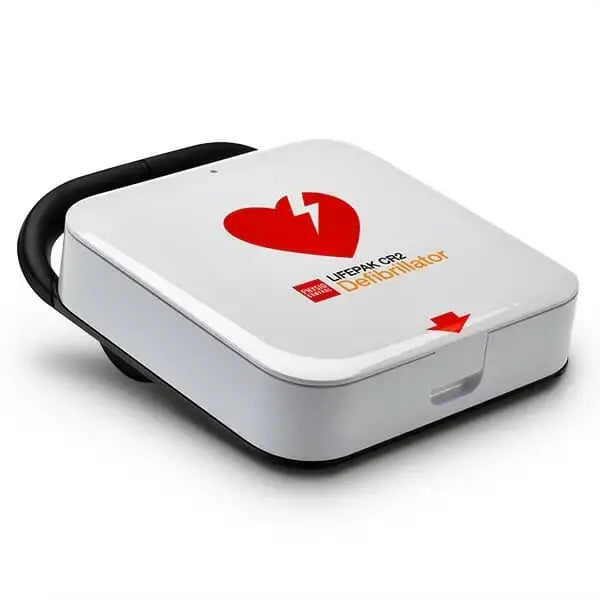Why Automated External Defibrillators (AEDs) Matter in Canada
If you’ve ever noticed a small box on a wall labeled “AED” in a public building, you may have wondered what it is and why it’s there. AED stands for Automated External Defibrillator—a life-saving device designed to help people experiencing sudden cardiac arrest. Understanding what an AED is and why it’s important, especially in Canada, could make the difference between life and death.
What Is an AED?
An Automated External Defibrillator (AED) is a portable medical device that checks a person’s heart rhythm and can deliver an electric shock to help the heart re-establish an effective rhythm. AEDs are designed for use by non-medical personnel, with clear audio and visual instructions to guide users through the process.
The device is used primarily when someone suffers from sudden cardiac arrest (SCA)—a condition where the heart unexpectedly stops beating. Without immediate intervention, SCA can lead to death within minutes. That’s where an AED becomes crucial.

https://aed.ca/products/stryker-physio-cr2-semi-auto-english-wifi
How Does an AED Work?
AEDs analyze the heart’s rhythm and determine whether a shock is needed. If required, the device instructs the user to administer a shock by pressing a button. Many AEDs are now fully automatic, meaning the device delivers the shock without needing the user to press anything after the pads are applied.
The key steps are:
-
Turn on the AED.
-
Attach the adhesive electrode pads to the person’s bare chest.
-
Follow the voice prompts.
-
Administer CPR if instructed.
Why AEDs Are Critical in Canada
In Canada, sudden cardiac arrest is one of the leading causes of death, affecting approximately 50,000 people each year. The majority of these events occur outside of hospitals—in homes, workplaces, and public spaces. Without quick access to an AED and CPR, the survival rate for out-of-hospital cardiac arrest is less than 10%.
However, when an AED is used within the first few minutes, survival rates can increase by up to 75%. That’s a dramatic difference and highlights the life-saving power of having AEDs accessible in public places like community centres, schools, gyms, airports, and workplaces.
Canadian Initiatives Promoting AED Access
Canada has made strides in making AEDs more widely available through initiatives such as:
-
AED Registries: Helps emergency responders and the public locate the nearest AED.
-
Government and nonprofit programs: Provincial programs in Ontario, British Columbia, and others support AED placement and training.
-
CPR/AED training in schools: Some provinces have mandated CPR and AED training for students, increasing awareness and preparedness.
Where Should AEDs Be Installed?
To maximize impact, AEDs should be placed in:
-
High-traffic public spaces
-
Sports arenas and recreation facilities
-
Schools and universities
-
Office buildings and shopping malls
-
Residential buildings
- Workplaces

https://aed.ca/products/zoll-aed-3
Final Thoughts: Every Second Counts
When it comes to sudden cardiac arrest, time is the most critical factor. An AED provides the best chance of survival when used quickly and correctly. In Canada, increasing access to AEDs and public education about their use can save thousands of lives every year.
Whether you're a business owner, community leader, or simply a concerned citizen, consider advocating for AED installation in your local area. You never know—you might help save a life. AED.ca is Canada's AED Company. Contact them today with any AED questions.






